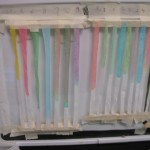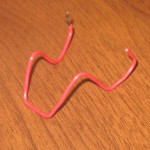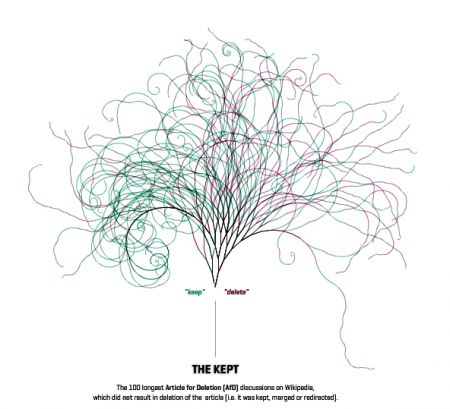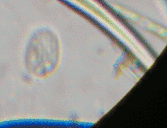
Being a scientist is a state of mind. It’s really a way of looking at the world with wonder, curiosity, and logical rigor. Once you realize that, and get past the tedium of moving little bits of water from one place to the next, or peering through endless mathematical equations and lines of code, you’ll be a lot happier. At least that’s what I got out of Adam Rubin’s essay, “Experimental Error: Most Likely to Secede.”
His memories of growing up a scientist in middle school:
A scientist in middle school: Some of my classmates seem to have gotten large and confident very quickly. And the kids with the most friends are the ones who think science is lame. But I want friends. And I don’t think science is lame. Ah, the eternal question: WWDHD? (“What would Don Herbert do?”)1
Science questions explored: What is the difference between “weight” and “mass,” and why won’t you understand it no matter how many times it’s explained? What is static electricity, and why won’t you understand it no matter how many times it’s explained? What is a hypothesis, and why won’t you understand it no matter how many times it’s explained?
— Rubin (2011): Experimental Error: Most Likely to Secede






